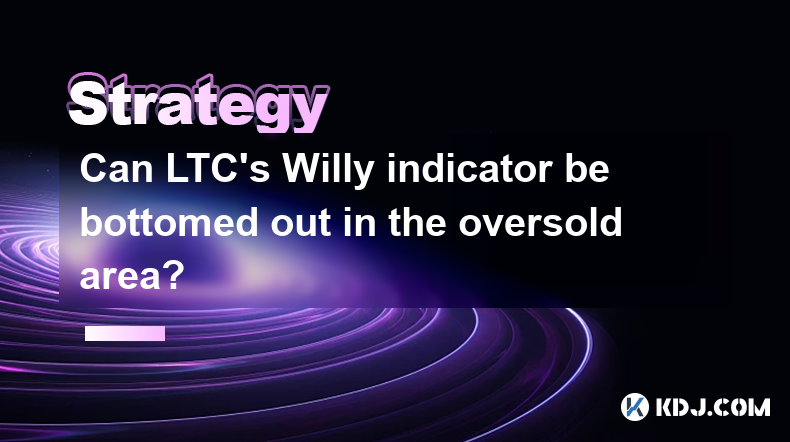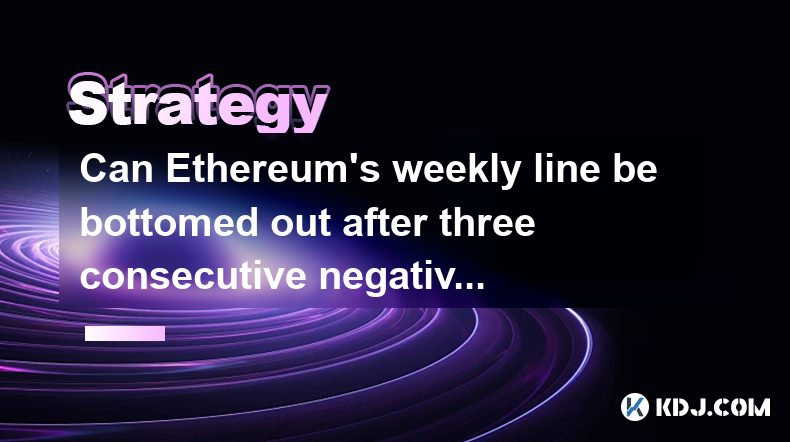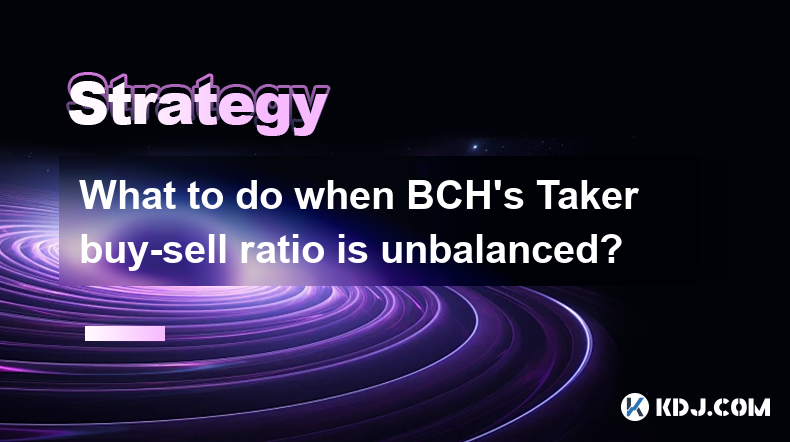-
 Bitcoin
Bitcoin $92,406.0232
-1.34% -
 Ethereum
Ethereum $1,768.4583
-1.36% -
 Tether USDt
Tether USDt $1.0000
-0.03% -
 XRP
XRP $2.1730
-2.52% -
 BNB
BNB $604.2475
-2.32% -
 Solana
Solana $148.1687
-2.25% -
 USDC
USDC $1.0000
0.01% -
 Dogecoin
Dogecoin $0.1734
-4.80% -
 Cardano
Cardano $0.6839
-1.46% -
 TRON
TRON $0.2437
-1.57% -
 Sui
Sui $3.0133
3.25% -
 Chainlink
Chainlink $14.4714
-0.68% -
 Avalanche
Avalanche $21.9915
-2.91% -
 UNUS SED LEO
UNUS SED LEO $9.2208
1.67% -
 Stellar
Stellar $0.2629
-1.62% -
 Toncoin
Toncoin $3.1121
-0.16% -
 Shiba Inu
Shiba Inu $0.0...01320
-3.97% -
 Hedera
Hedera $0.1787
-2.88% -
 Bitcoin Cash
Bitcoin Cash $357.7790
-1.03% -
 Polkadot
Polkadot $3.9943
-1.88% -
 Litecoin
Litecoin $82.4204
-2.04% -
 Hyperliquid
Hyperliquid $18.2204
-4.10% -
 Dai
Dai $1.0000
0.01% -
 Bitget Token
Bitget Token $4.4973
-3.79% -
 Ethena USDe
Ethena USDe $0.9994
-0.01% -
 Pi
Pi $0.6498
-0.73% -
 Monero
Monero $225.7950
-0.96% -
 Uniswap
Uniswap $5.8127
-2.40% -
 Pepe
Pepe $0.0...08574
-6.17% -
 Aptos
Aptos $5.2914
-0.19%
How to use trading volume to determine the buying and selling timing of LTC?
Trading volume helps traders identify optimal times to buy and sell Litecoin by analyzing market trends and potential reversals, enhancing decision-making in LTC trading.
Apr 24, 2025 at 11:14 am

Trading volume is a critical indicator that can help traders determine the optimal times to buy and sell Litecoin (LTC). By analyzing the volume of LTC traded over a specific period, traders can gain insights into the strength of market trends and potential reversals. This article will explore how to use trading volume to make informed decisions about buying and selling LTC.
Understanding Trading Volume
Trading volume represents the total number of LTC units traded within a given timeframe, typically shown as a histogram on the bottom of most trading charts. High trading volume indicates a high level of interest and activity in LTC, which can signal strong market momentum. Conversely, low trading volume may suggest a lack of interest or a potential weakening of the current trend.
To use trading volume effectively, it's important to understand its relationship with price movements. When LTC's price increases with high volume, it suggests strong buying pressure and a likely continuation of the upward trend. On the other hand, if the price rises on low volume, it may indicate a weak rally that could be susceptible to a reversal.
Identifying Buying Opportunities with Volume
When looking for buying opportunities, traders should focus on periods where the trading volume increases significantly. This can be a sign of renewed interest and potential upward momentum. Here are some steps to identify buying opportunities using volume:
- Monitor Volume Spikes: Look for sudden increases in trading volume, especially after a period of consolidation or a downtrend. A volume spike can indicate that a new trend is starting.
- Confirm with Price Action: Ensure that the price of LTC is also moving in the direction of the volume spike. If the price is increasing alongside the volume, it strengthens the case for a bullish trend.
- Check for Breakouts: Pay attention to breakouts from key resistance levels accompanied by high volume. This can signal a strong move and a good entry point for buying LTC.
For example, if LTC has been trading in a range and suddenly breaks above a resistance level with significantly higher volume, it could be an ideal time to buy. The increased volume confirms the breakout and suggests that the upward move is likely to continue.
Determining Selling Points with Volume
Selling LTC at the right time is equally important for maximizing profits. Volume can help identify when a trend might be losing steam or reversing. Here are some strategies to determine selling points using volume:
- Watch for Volume Divergence: If the price of LTC continues to rise but the trading volume starts to decrease, it could indicate that the upward trend is losing strength. This divergence between price and volume can be a signal to sell.
- Identify Volume Climaxes: A volume climax occurs when there is an extremely high volume spike, often at the peak of a trend. This can signal that the trend is about to reverse, making it a good time to sell.
- Monitor Volume at Resistance Levels: If LTC approaches a resistance level and the volume starts to increase, it could indicate that sellers are stepping in. This might be a good time to sell before a potential price drop.
For instance, if LTC has been in an uptrend and reaches a new high with a significant volume spike, it might be a sign of a volume climax. Traders could consider selling at this point to lock in profits before a potential reversal.
Using Volume in Conjunction with Other Indicators
While volume is a powerful tool, it is most effective when used in conjunction with other technical indicators. Combining volume analysis with indicators like moving averages, Relative Strength Index (RSI), and Bollinger Bands can provide a more comprehensive view of the market.
- Moving Averages: Use volume to confirm breakouts above or below moving averages. A breakout with high volume is more likely to be sustained.
- RSI: Look for divergences between RSI and price, and use volume to confirm these signals. For example, if RSI is showing overbought conditions and volume is decreasing, it could be a good time to sell.
- Bollinger Bands: When LTC's price breaks out of the Bollinger Bands with high volume, it can signal a strong move. Use volume to confirm these breakouts and decide on entry or exit points.
By integrating volume with other indicators, traders can make more informed decisions and increase their chances of success in the LTC market.
Practical Example of Using Volume to Trade LTC
To illustrate how to use volume in real trading scenarios, let's walk through a hypothetical example of buying and selling LTC based on volume analysis.
Identifying a Buying Opportunity:
- Suppose LTC has been trading in a range between $50 and $60 for several weeks. The trading volume has been relatively low during this period.
- Suddenly, LTC breaks above the $60 resistance level with a significant increase in volume. The volume bar is much taller than the previous bars, indicating strong buying interest.
- To confirm the breakout, you check the RSI, which is not in overbought territory, and the moving averages, which are also showing a bullish crossover.
- Based on this analysis, you decide to buy LTC at around $62, just above the breakout level.
Determining a Selling Point:
- After buying LTC, the price continues to rise, reaching $70. However, you notice that the trading volume starts to decrease as the price approaches this level.
- You also observe that the RSI is entering overbought territory, and there is a volume divergence between the price and the volume.
- As LTC approaches a new resistance level at $75, the volume spikes again, indicating that sellers might be stepping in.
- Based on these signals, you decide to sell LTC at around $73, before the potential reversal.
This example demonstrates how volume can be used to identify both buying and selling opportunities in the LTC market. By paying close attention to volume spikes, divergences, and climaxes, traders can make more informed decisions and improve their trading outcomes.
Frequently Asked Questions
Q: Can trading volume alone be used to make trading decisions?
A: While trading volume is a powerful indicator, it is generally more effective when used in conjunction with other technical indicators. Relying solely on volume can lead to false signals, so it's important to confirm volume signals with price action and other tools.
Q: How can I access trading volume data for LTC?
A: Trading volume data for LTC can be accessed through various cryptocurrency exchanges and trading platforms. Most platforms provide volume data as part of their charting tools, allowing you to view historical volume alongside price data.
Q: Is there a specific time frame that is best for analyzing LTC trading volume?
A: The best time frame for analyzing LTC trading volume depends on your trading style. Short-term traders might focus on hourly or 15-minute charts, while long-term investors might look at daily or weekly charts. It's important to choose a time frame that aligns with your trading goals and strategy.
Q: How does trading volume differ between different cryptocurrency exchanges?
A: Trading volume can vary significantly between different cryptocurrency exchanges due to differences in user base, liquidity, and trading activity. It's important to consider volume data from multiple exchanges to get a comprehensive view of the market. Some traders use aggregated volume data from multiple sources to make more informed decisions.
Disclaimer:info@kdj.com
The information provided is not trading advice. kdj.com does not assume any responsibility for any investments made based on the information provided in this article. Cryptocurrencies are highly volatile and it is highly recommended that you invest with caution after thorough research!
If you believe that the content used on this website infringes your copyright, please contact us immediately (info@kdj.com) and we will delete it promptly.
- Sleep Token (RCA)
- 2025-04-24 14:15:11
- Robotix Networks (Riot) Expands Credit Facility to $100M with Collaboration from Coinbase's Credit Arm
- 2025-04-24 14:15:11
- Trollface (TROLL) Memecoin Turns $173 Investment into $224K Amid Viral Surge
- 2025-04-24 14:10:11
- Bitcoin Breaks Out Above the Cloud, Liquidates $500M in Shorts
- 2025-04-24 14:10:11
- Top Strategist Signals a Paradigm Shift as Bitcoin Rockets Past $94K
- 2025-04-24 14:05:12
- Shiba Inu (SHIB) Demonstrates Resilience, Maintaining Its Position at $0.000013 Despite Market Fluctuations
- 2025-04-24 14:05:12
Related knowledge

Is LTC's UTXO age distribution useful for judging buying and selling points?
Apr 23,2025 at 05:42pm
Is LTC's UTXO age distribution useful for judging buying and selling points? Understanding the UTXO (Unspent Transaction Output) age distribution of Litecoin (LTC) can provide valuable insights into the behavior of its holders and potentially help in making informed decisions about buying and selling points. The UTXO age distribution refers to the age o...

Can LTC's Willy indicator be bottomed out in the oversold area?
Apr 24,2025 at 01:43pm
Understanding the Willy IndicatorThe Willy indicator, also known as the Willy ratio, is a technical analysis tool used in the cryptocurrency market to gauge the sentiment of a particular asset, in this case, Litecoin (LTC). It is calculated by dividing the total trading volume of an asset by its market capitalization. The resulting ratio helps traders u...

Can Ethereum's weekly line be bottomed out after three consecutive negatives?
Apr 24,2025 at 10:56am
In the dynamic world of cryptocurrencies, understanding market trends and patterns is crucial for investors and traders alike. One of the significant aspects of technical analysis in this field is the examination of weekly line charts, particularly for major cryptocurrencies like Ethereum. The question of whether Ethereum's weekly line can be bottomed o...

Where can I find the current average holding cost of XRP in the market?
Apr 22,2025 at 11:00pm
Where can I find the current average holding cost of XRP in the market? Finding the current average holding cost of XRP in the market can be a challenging task, as this information is not readily available on most mainstream cryptocurrency platforms. However, there are several methods and resources that you can use to estimate this figure. In this artic...

What should I do if LINK's NVT signal diverges?
Apr 24,2025 at 04:14am
When the NVT (Network Value to Transactions) signal for LINK (Chainlink) diverges, it can be a significant indicator for investors and traders to take action. The NVT ratio is a valuation metric used in the cryptocurrency space to assess whether a cryptocurrency is overvalued or undervalued based on its network activity. A divergence in the NVT signal s...

What to do when BCH's Taker buy-sell ratio is unbalanced?
Apr 24,2025 at 03:49am
When dealing with cryptocurrencies like Bitcoin Cash (BCH), understanding the dynamics of the market, particularly the taker buy-sell ratio, can be crucial for making informed trading decisions. The taker buy-sell ratio is a metric that reflects the balance between buying and selling pressure in the market. An unbalanced ratio can signal potential price...

Is LTC's UTXO age distribution useful for judging buying and selling points?
Apr 23,2025 at 05:42pm
Is LTC's UTXO age distribution useful for judging buying and selling points? Understanding the UTXO (Unspent Transaction Output) age distribution of Litecoin (LTC) can provide valuable insights into the behavior of its holders and potentially help in making informed decisions about buying and selling points. The UTXO age distribution refers to the age o...

Can LTC's Willy indicator be bottomed out in the oversold area?
Apr 24,2025 at 01:43pm
Understanding the Willy IndicatorThe Willy indicator, also known as the Willy ratio, is a technical analysis tool used in the cryptocurrency market to gauge the sentiment of a particular asset, in this case, Litecoin (LTC). It is calculated by dividing the total trading volume of an asset by its market capitalization. The resulting ratio helps traders u...

Can Ethereum's weekly line be bottomed out after three consecutive negatives?
Apr 24,2025 at 10:56am
In the dynamic world of cryptocurrencies, understanding market trends and patterns is crucial for investors and traders alike. One of the significant aspects of technical analysis in this field is the examination of weekly line charts, particularly for major cryptocurrencies like Ethereum. The question of whether Ethereum's weekly line can be bottomed o...

Where can I find the current average holding cost of XRP in the market?
Apr 22,2025 at 11:00pm
Where can I find the current average holding cost of XRP in the market? Finding the current average holding cost of XRP in the market can be a challenging task, as this information is not readily available on most mainstream cryptocurrency platforms. However, there are several methods and resources that you can use to estimate this figure. In this artic...

What should I do if LINK's NVT signal diverges?
Apr 24,2025 at 04:14am
When the NVT (Network Value to Transactions) signal for LINK (Chainlink) diverges, it can be a significant indicator for investors and traders to take action. The NVT ratio is a valuation metric used in the cryptocurrency space to assess whether a cryptocurrency is overvalued or undervalued based on its network activity. A divergence in the NVT signal s...

What to do when BCH's Taker buy-sell ratio is unbalanced?
Apr 24,2025 at 03:49am
When dealing with cryptocurrencies like Bitcoin Cash (BCH), understanding the dynamics of the market, particularly the taker buy-sell ratio, can be crucial for making informed trading decisions. The taker buy-sell ratio is a metric that reflects the balance between buying and selling pressure in the market. An unbalanced ratio can signal potential price...
See all articles























































































